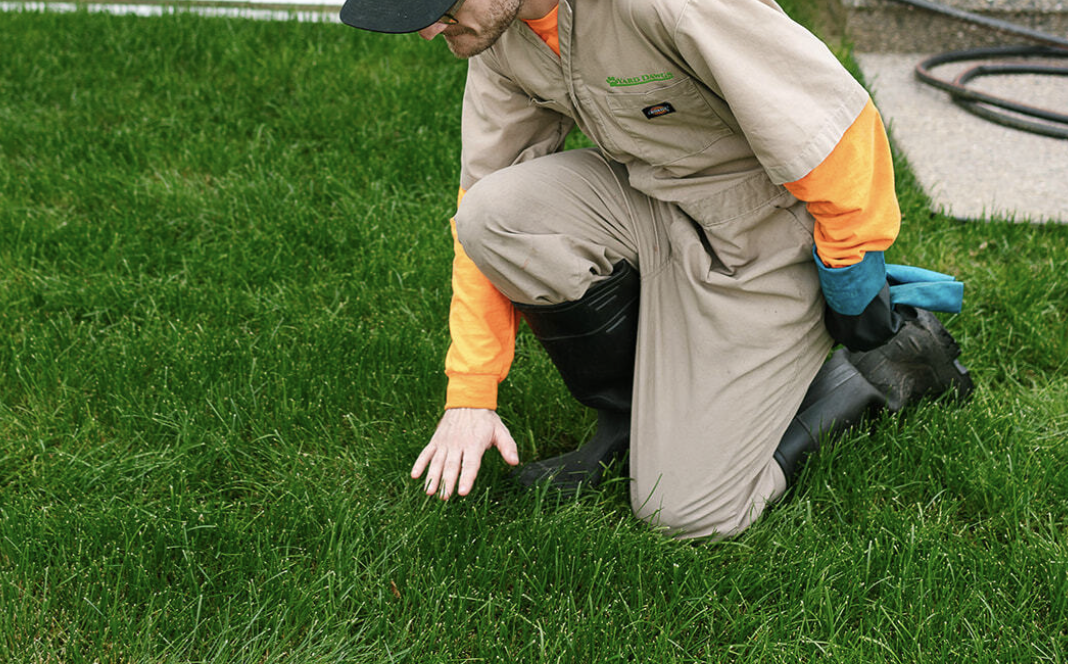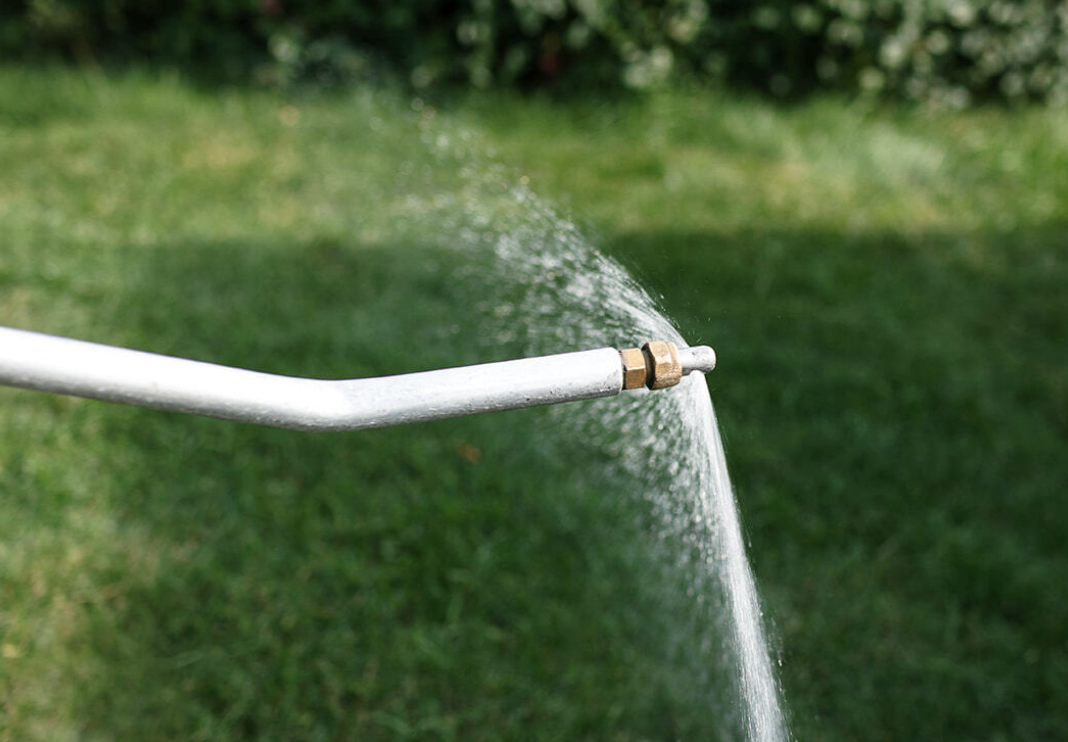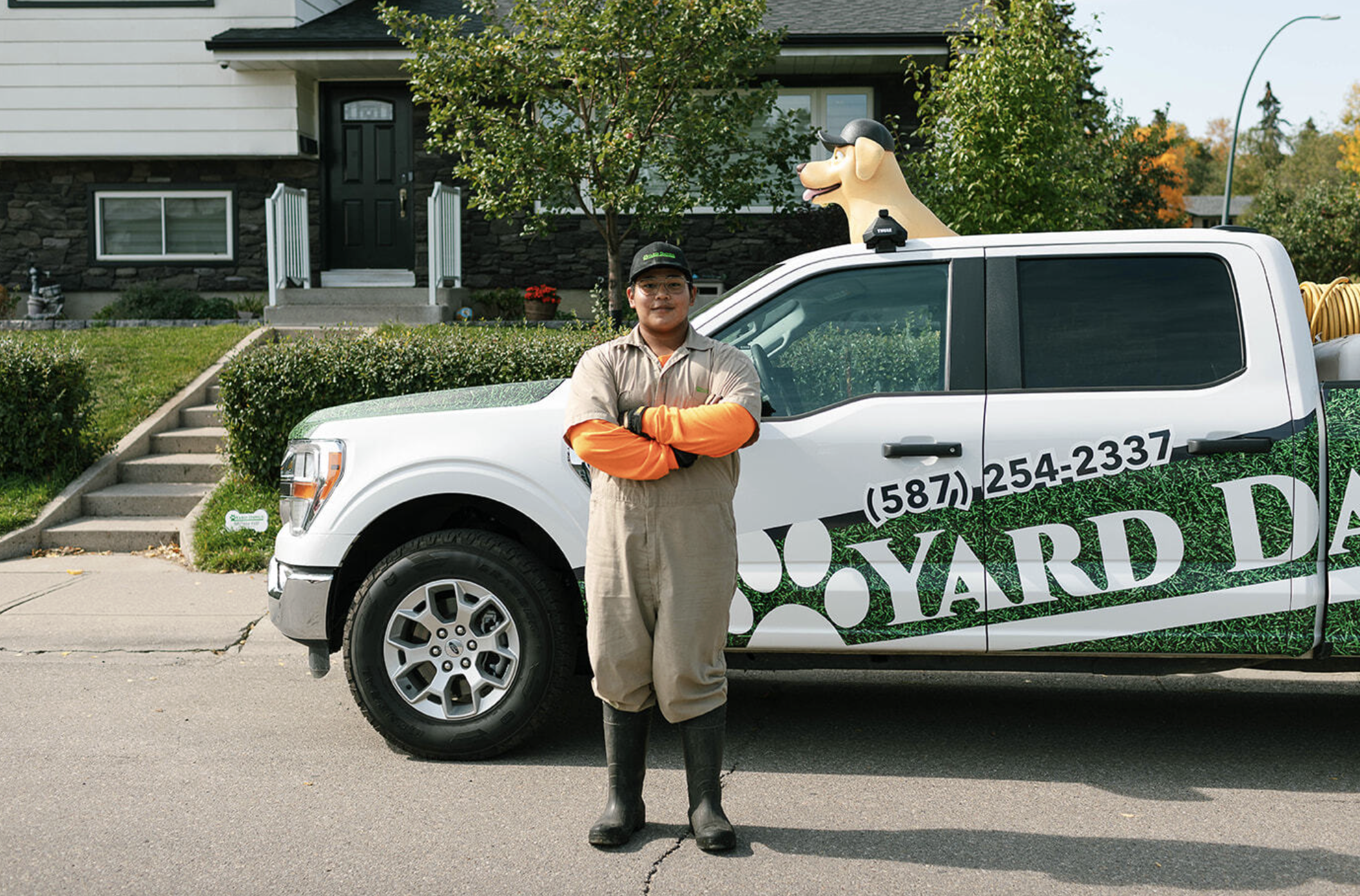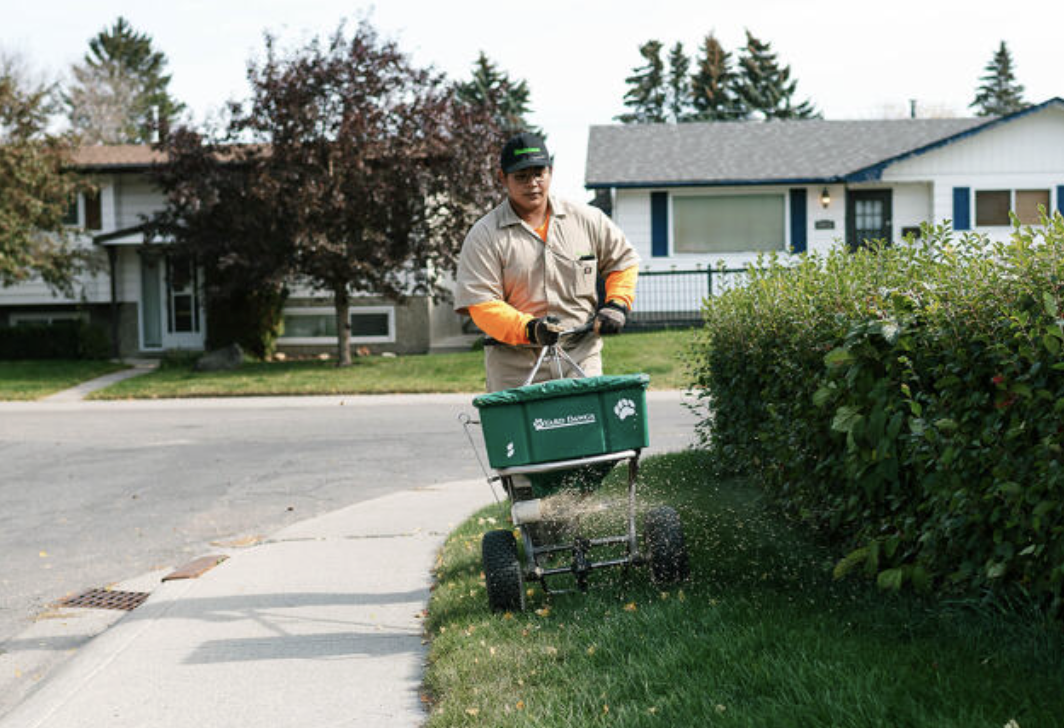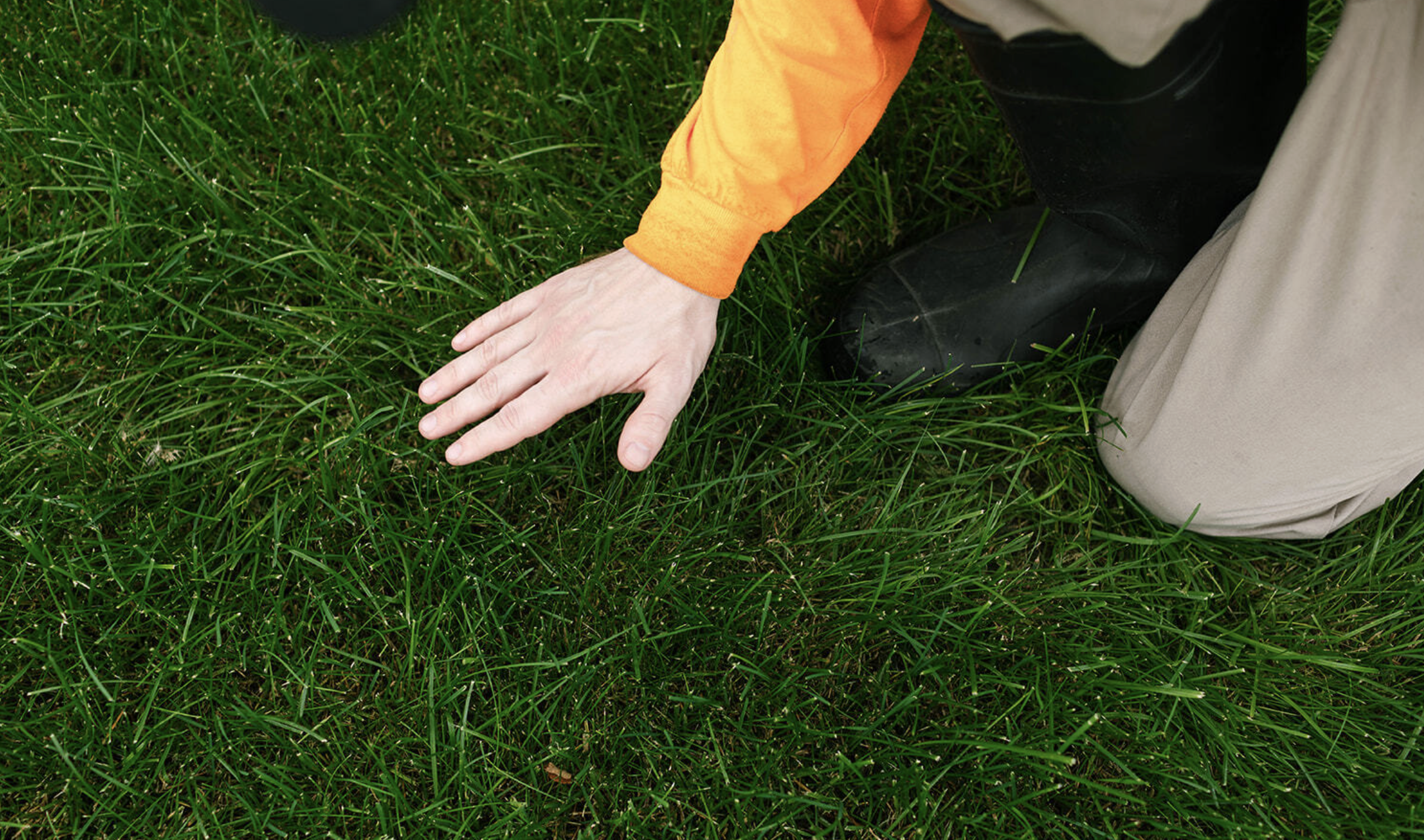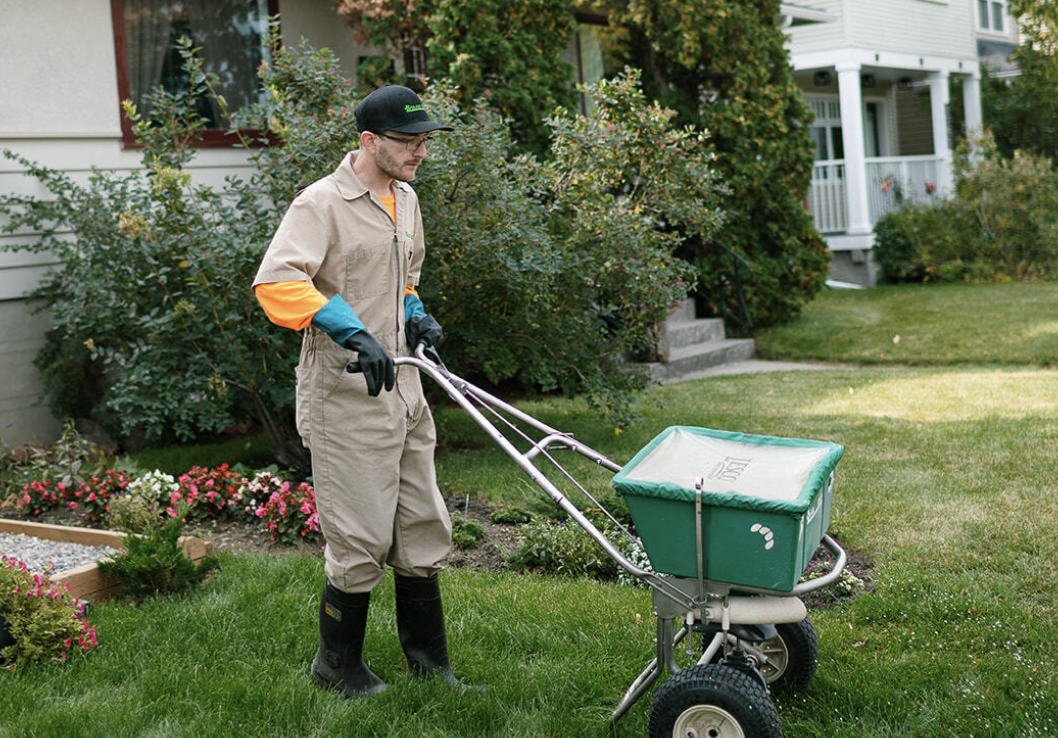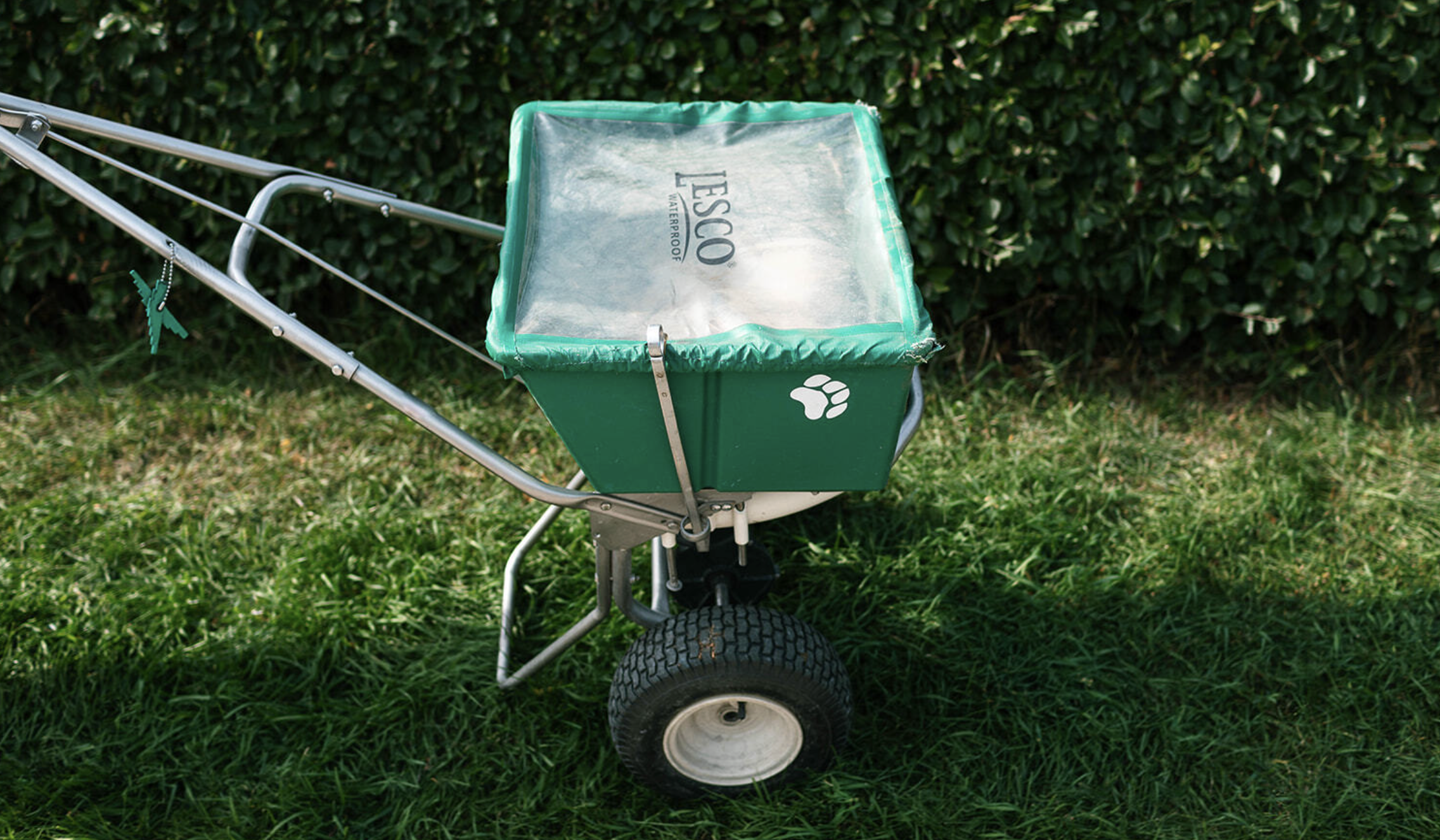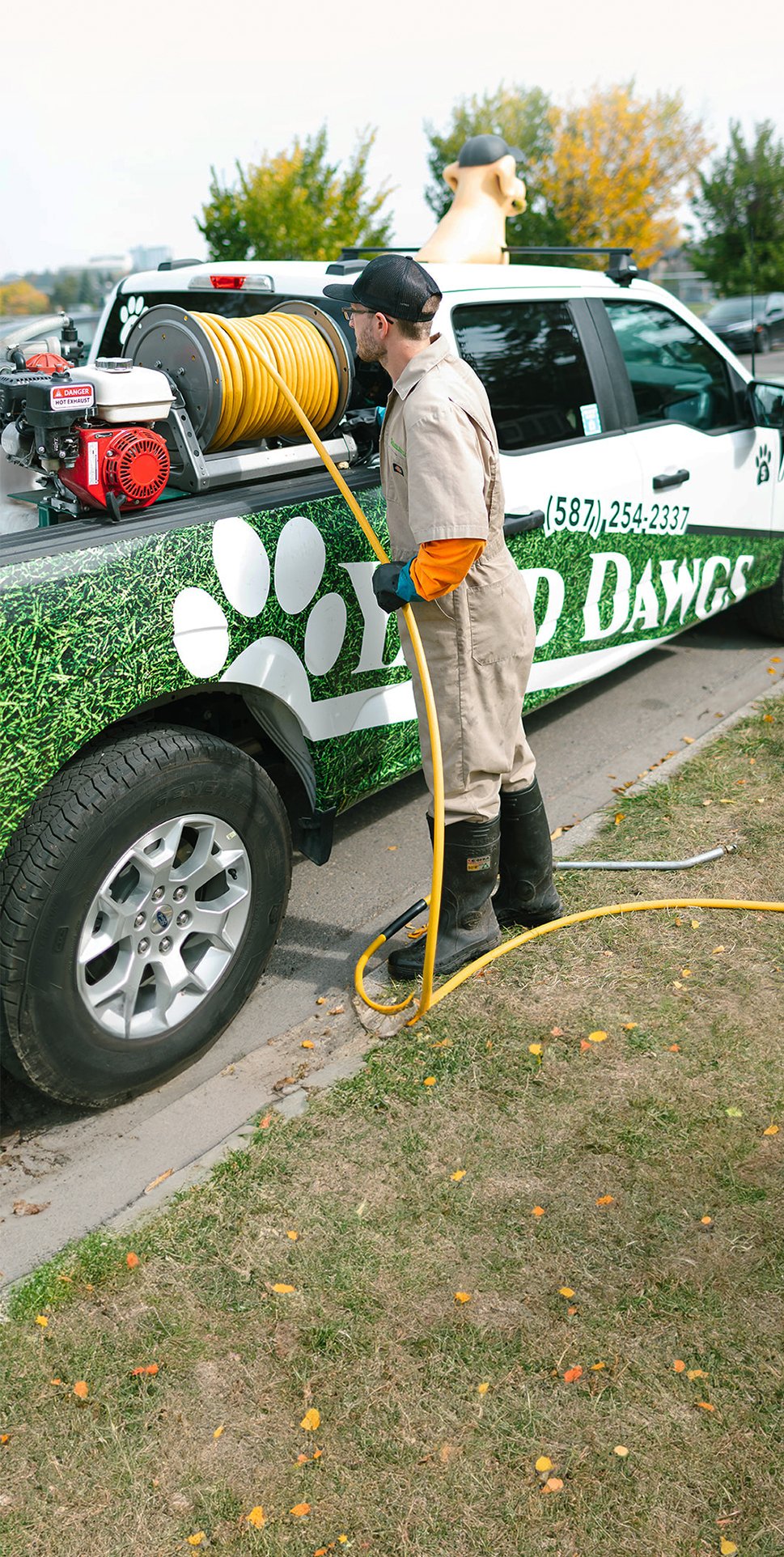Let’s say you decide never to go to the dentist because, after all, you brush your teeth! But after two years there is an odd pain in your jaw. So, you resign yourself to the fact that you’ll have to visit the place you vowed never to go again. To add insult to injure, you need a dental implant! Your teeth have been rotting from lack of care. The dentist tells you you’ll need some implants. He gets you to sit down before he tells you the cost. Your carelessness means you’ll need three dental implants, which is a total cost of $9000. By now you’re feeling dizzy. If only you’d chosen to see your dentist every six months!

This whole process feels like getting your teeth pulled. This is not an anomaly and it’s very similar to what will happen if you neglect your lawn over the years.
Lawn Care Cost
Neglecting your lawn care can lead to expensive consequences in the long run. Lawn care is a relatively small ongoing cost when compared to the high price of full lawn restoration, such as re-sodding or complete regrading. Regular maintenance, including mowing, aeration, fertilization, and weed control, ensures that your lawn stays healthy and vibrant year-round. The cost of professional lawn care varies, but it generally ranges between $50 to $100 per month depending on the size of your lawn and the services provided. In the end, investing in consistent lawn care can save you money by preventing the need for costly repairs and replacement in the future.
Is Aeration Necessary?
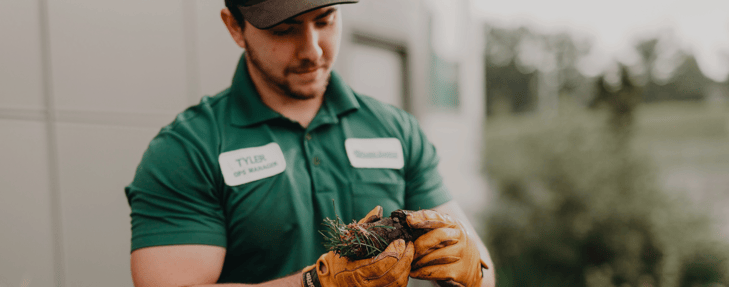
Short answer, yes.
Your lawn, and the soil under it, needs to breathe. When you don’t aerate your lawn, your soil gets compacted. The result of the compaction means the lawn grass struggles to get the nutrients it needs. Especially in a lot of heat and little rainfall, the grass will start to die. If your lawn grows in heavy clay soil, aerating every year is necessary.
Published in the Garden Ninja: "Calgary is typically heavy, clay-based soil. Not right now, but around summer, you can take a handful of soil and squeeze it. More likely than not, it’s going to clump up and be a heavy clay base.”
Weeds such as dandelions and burdock are an indication of compacted soil lacking in water, air, and nutrients. How many kids go out to play in the backyard and come home with a bouquet of dandelions for their mothers? It’s sweet, but it indicates the quality of soil in your yard.
Grasses will thin out and eventually die completely when they are deprived of their basic needs by the compacted soil. Kids playing on the lawn, outdoor entertaining, and small vehicles are all culprits when it comes to lawn compaction. No lawn can escape it. To test if your lawn requires aeration stick a screwdriver in the soil. It should slide in easily. If you meet resistance your soil needs aeration.
Why Not Let The Weeds Take Over?
You may walk outside one day and see a few weeds in the lawn. Not too concerned, you pull them out or perhaps you simply walk away. This would be an unfortunate decision. Weeds reproduce in a variety of ways; they grow in shade or out in the sun and essentially thrive in a multitude of conditions. Its possible weeds will spread simply by hitching a ride on garden equipment or your boots.
Not only are the weeds in your lawn ugly, but they are competing with your grass for moisture, nutrients, and sunlight. Your lawn can remain attractive IF good turf management is carried out routinely. Maintaining a handle on weed control is necessary. Knowing the weeds in your lawn can help with a method of control.
When weed infestation is at its worst, it’s time to start from scratch.
Take Salvinia for instance – scientists call this the world’s worst weed. It’s a lake killer. It’s an invasive species from Brazil. Native plants can’t grow beneath it and wildlife such as fish struggle to survive. This plant “doubles in size every week, has tentacles that loom underneath, and chokes up waterways, making it impossible for wildlife to grow or boats to sail.”
Okay, so you don’t have a lake in your backyard, but this is evidence of how detrimental weeds can be. Your lawn can be home to thousands of weed seeds just waiting to germinate. Weeds are very opportunistic plants. When you take care of your weeds this year, you’re pre-emptively helping your lawn for next year. When weeds germinate, they produce large quantities of seed. Seeds you don’t want in your lawn. What is your time worth? Don’t neglect weed control until it’s too late.
Fertilizer? Is It Worth The Cost?
For your grass to thrive it will need fertilizer. Too little or too much fertilizer can lead to weed issues. Before you apply fertilizer, you’ll need to take care of the weeds. Because fertilizer helps plants grow all around, killing the weeds is necessary before you apply plant enhancing nutrients to your lawn. The three main ingredients are: phosphorous, nitrate, and potassium.
Phosphorous: stimulates deep root development
Potassium: provides all around health and disease/drought resistance
Nitrogen: helps plants grow green and up
If your lawn isn’t maintained with fertilization, your lawn will suffer. The less nutrients there are available to the soil, the weaker your lawn will be. Most soils are deficient in nitrogen and potassium. Nature struggles to replenish the nutrients in the soil.
You can easily test to see what type of soil you have surrounding your home. If you have pooling in your garden after a heavy rainfall, it's a sign you have clay-based soil. Or, add water to a small amount of dry soil, and form it into a ball if you can. Knead the soil between your fingers to form a flat ribbon.
If your ribbon measures less than 1 inch before breaking, you have loam silt.
If your ribbon measures 1 to 2 inches, you have clay loam.
If your ribbon measures more than 2 inches, you have clay.
The good news in terms of clay-based soil, is that is holds onto nutrients. Although, as mentioned above, when compacted, the soil is vulnerable to nutrient deficiencies. When you create holes in the soil through aeration, you’re allowing room for nutrients as well – through fertilization. So, without aeration your soil compacts. The soil is then restricted from nutrients, water, and air. Slowly the grass in your lawn dies without access to the three main methods of its survival.
So You've Neglected The Lawn, What Now?
If you've left your lawn for long enough the weeds will surely have taken over, neglect will have killed the grass. What's your next step? Unfortunately, it’s necessary that you re-sod the lawn. The old grass will need to be fully removed. The ground and soil will have to be prepared before laying down the new grass. The old grass’s root system will have to be completely removed. There are many factors that go into determining the cost.
Pricing Factors:
1. Size Of Your Yard
2. Shape Of Your Yard
3. Access To Your Yard
4. Grading
5. Ground Preparation
6. Sprinkler Systems
7. Sod Delivery Fee
Sizing your yard is self explanatory, a larger yard will cost more. Just as a yard with more complex or curved edges will be more expensive than a perfectly square yard. If you have restricted access to the area of land you wish to lay sod on, it will cost more in labour to lay the new grass. Before sod is laid, it’s a common practice to level the yard and ensure that there are no foreseeable drainage problems. According to Riverwood Landscape, “Re-sloping or grading your lawn can on average cost you $125 per cubic yard.”
Additionally, they have a pricing sod calculator on their website. Linked here.
Delivering sod is almost always necessary based on how heavy it is. Each roll can weigh 35-50 pounds. “On average, 200-495 square feet of sod can cost $75 for a delivery fee and 500-995 square feet can be about $50 to deliver,” says Riverwood Landscape.
Key Benefits Of Sod Installation
| Keeps Your Home Cooler By Acting As An External Air Conditioner |
| Filters Ground And Rain Water |
| Reduces Soil Erosion |
| Cools The Air |
| Provides A Cool Surface To Walk On |
| Absorbs Noise |
| Restores Soil Quality |
| Cleans The Air |
| Generates Oxygen |
The average price of sod installation is from $1 to $2 per square foot. If your lawn is 1500 square feet, it will put the cost of re-sodding your lawn at $1500 to $3000.
Our best-selling package at Yard Dawgs will cost you $450.75. It’ll take 4 years of our Saint Bernard package to surpass the cost of re-sodding your lawn. The Saint Bernard gives you:
-
Season Long Fertilizer
-
Aeration
-
Sea Kelp Treatment
-
Unlimited Weed Control
-
Spring Super Juice
-
Spring & Fall Seed Bags
It’ll turn your dry and patchy turf into thick, green, and weed-free grass. The benefits outweigh the cons when it comes to choosing to care for your lawn versus leaving it be. Lawn care companies put extensive research into the products they use. Lawns can’t last without regular maintenance. Make sure you are taking care of your property properly. A gorgeous lawn sets the scene for an attractive home!






.png)

